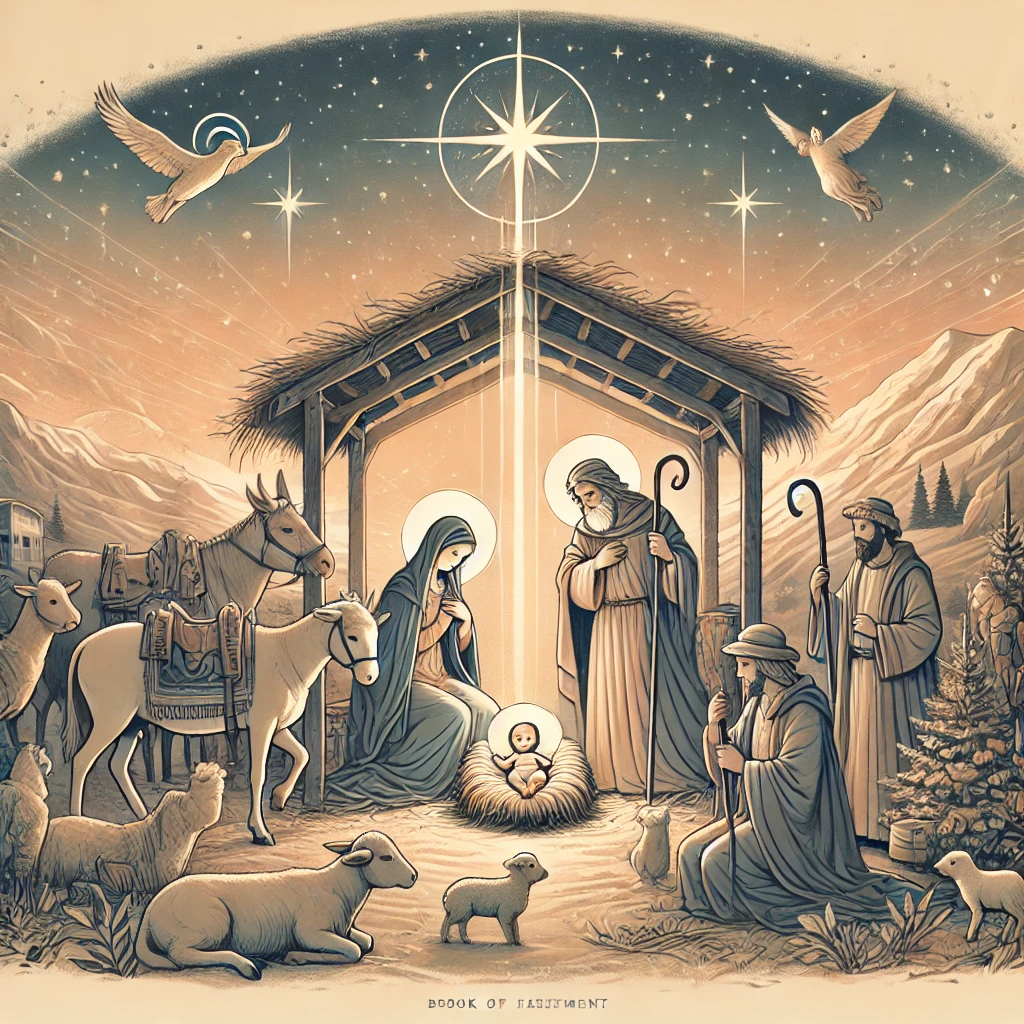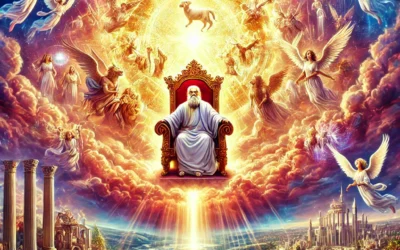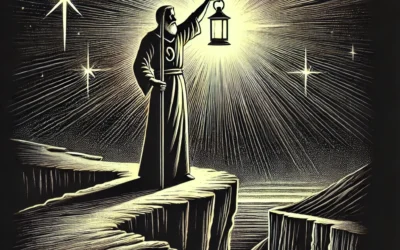The Book of Luke is the third book of the New Testament and one of the four Gospels.
Written by Luke, a physician and companion of the apostle Paul, this Gospel presents Jesus as the Savior for all people—Jews and Gentiles alike.
Luke offers a detailed and orderly account of Jesus’ life, emphasizing His compassion, prayer life, and care for the poor, outcasts, and sinners.
It includes many parables and personal stories not found in the other Gospels, giving rich insight into Jesus’ character and mission.
The Birth and Early Life of Jesus (Luke 1–2)
Luke begins with the events surrounding the births of both John the Baptist and Jesus, highlighting God’s faithfulness and the fulfilment of prophecy.
Key Highlights:
- Angel Gabriel announces the births of John and Jesus
- Mary responds with faith: “Let it be to me according to your word”
- The birth of Jesus is celebrated by shepherds and angels
- Jesus is presented at the temple and recognised by Simeon and Anna
- At age 12, Jesus discusses Scripture with teachers in the temple
Lesson: Jesus’ arrival is a moment of joy, humility, and divine fulfilment—He is the Savior for all, born in simplicity but destined for greatness.
The Ministry of John the Baptist and Jesus’ Preparation (Luke 3–4)
The story transitions from Jesus’ childhood to the beginning of His public ministry.
Key Highlights:
- John preaches repentance and baptises people in the Jordan
- Jesus is baptised, and the Holy Spirit descends like a dove
- The genealogy of Jesus traces His lineage to Adam
- Jesus is tempted by Satan in the wilderness for forty days
- Begins teaching and is rejected in His hometown of Nazareth
Lesson: Jesus is both Son of God and Son of Man—prepared through testing to begin His mission with power and purpose.
Miracles, Teachings, and Calling Disciples (Luke 5–9)
Jesus begins healing, calling disciples, and proclaiming the good news of the Kingdom.
Key Highlights:
- Calls Peter, James, and John to follow Him
- Heals a paralytic, a leper, and a Roman centurion’s servant
- Raises a widow’s son and calms a storm
- Teaches on loving enemies, judging rightly, and building a strong foundation
- Feeds 5,000 and is transfigured before His closest disciples
Lesson: Jesus displays both divine power and tender compassion, showing that the Kingdom of God brings restoration to all areas of life.
Parables, Mercy, and the Heart of the Kingdom (Luke 10–18)
Luke shares some of Jesus’ most famous parables and teachings about mercy, humility, and how to enter God’s Kingdom.
Key Highlights:
- Tells the Parable of the Good Samaritan
- Praises Mary for sitting at His feet while Martha worries
- Teaches the Lord’s Prayer and about persistence in prayer
- Shares the Parables of the Rich Fool, the Lost Sheep, and the Prodigal Son
- Heals ten lepers and praises the one who returns in gratitude
- Teaches about humility, generosity, and the Kingdom’s values
Lesson: God’s Kingdom welcomes the humble, the repentant, and the outsider—true greatness is found in love, mercy, and surrender.
Jesus’ Final Journey to Jerusalem (Luke 19–21)
Jesus approaches Jerusalem and teaches about His coming death, judgment, and return.
Key Highlights:
- Enters Jerusalem riding a donkey, greeted with praises
- Weeps over the city and cleanses the temple
- Confronts religious leaders and teaches in parables
- Commends the faith of a poor widow who gives all she has
- Teaches about the signs of the end and urges watchfulness
Lesson: Jesus is the King who comes in peace, yet He warns of coming judgment and calls His followers to be spiritually alert and faithful.
The Crucifixion and Resurrection (Luke 22–24)
Luke gives a compassionate account of Jesus’ suffering, death, and resurrection, emphasising forgiveness and redemption.
Key Highlights:
- Celebrates the Last Supper and warns of Peter’s denial
- Prays in Gethsemane and is arrested, mocked, and tried
- On the cross, prays “Father, forgive them…” and saves the repentant thief
- Dies, is buried, and rises again on the third day
- Appears to disciples on the road to Emmaus and in Jerusalem
- Commissions His followers and ascends into heaven
Lesson: Jesus’ death brings forgiveness; His resurrection brings life. The Gospel message is for all people, and now His followers are called to share it.
Themes of Luke
- Jesus the Savior for All – Salvation is offered to both Jews and Gentiles, rich and poor, religious and outsider
- Compassion and Mercy – Jesus cares deeply for the broken, forgotten, and outcast
- Prayer and the Holy Spirit – Luke emphasises the importance of prayer and the Spirit’s power
- Joy and Worship – From Mary’s song to the resurrection, joy fills those who encounter Jesus
- Discipleship and Mission – True disciples follow Jesus in humility, sacrifice, and witness
Final Thoughts
The Book of Luke beautifully portrays Jesus as the compassionate Savior sent for all people.
With detailed storytelling, personal encounters, and rich teaching, Luke reminds us that God’s heart is for the outsider, the humble, and the repentant.
This Gospel invites every reader to experience the joy of salvation and join the mission of spreading the good news to the ends of the earth.





